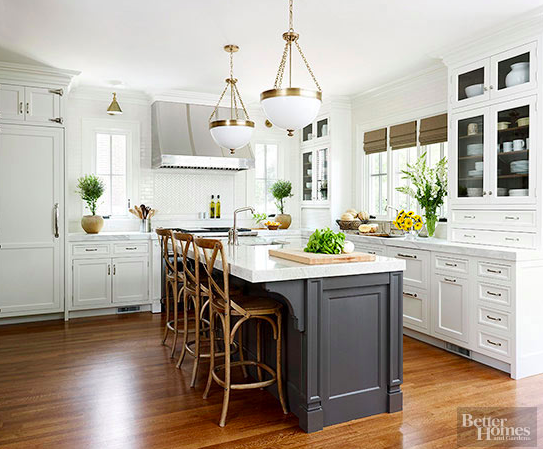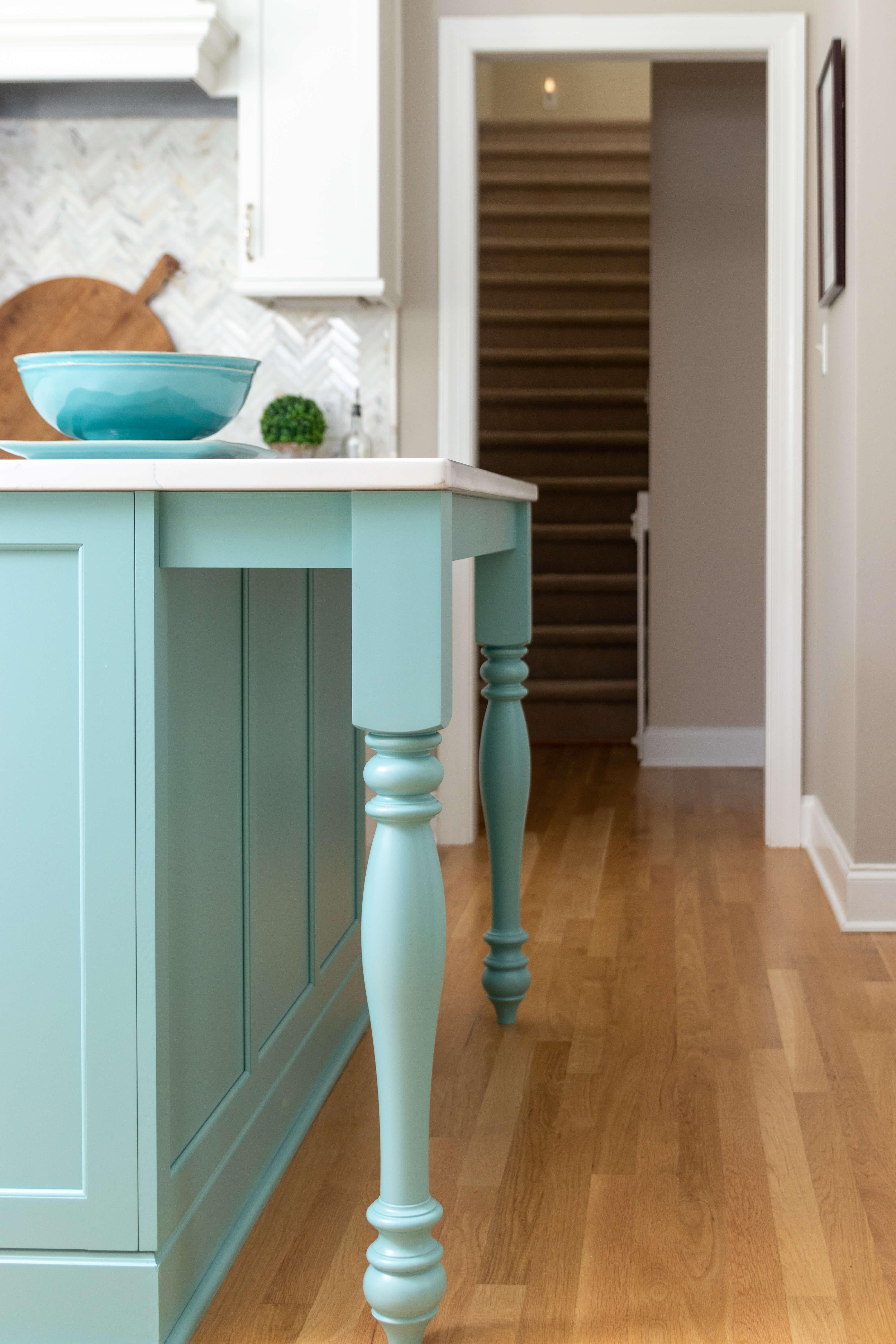Stylish Kitchen Island Legs: Raise Your Kitchen Layout
Stylish Kitchen Island Legs: Raise Your Kitchen Layout
Blog Article
Important Tips for Picking the Perfect Table for Your Kitchen Area
Selecting the ideal table for your kitchen area is greater than just an issue of preference; it demands a comprehensive understanding of your area and requirements. Begin by measuring your readily available room to make sure sufficient clearance for activity. The shape of the table plays a pivotal role; while rectangle-shaped tables fit larger areas, round ones foster affection, and extendable choices use adaptability. Product option is equally crucial, with woods offering sturdiness and glass lending a contemporary touch. Finally, the table should balance with your cooking area's looks and fit your family members comfortably. What various other aspects might influence this crucial decision?
Measure Your Area
Choosing the ideal eating table starts with a careful assessment of your readily available room. This fundamental step makes certain that the table not just fits conveniently within the space but additionally enhances the general layout and performance of your eating area. Begin by determining the measurements of the space, thinking about doorways, home windows, and any type of existing furnishings. This will help you identify the optimum permitted size for your table.
Think about the flow of motion around the table. It is important to leave ample space for chairs to be drawn out and for people to walk around the table without blockage. A general guideline is to allow at least 36 inches of clearance from the edge of the table to the closest wall or furniture. This makes sure simplicity of accessibility and comfort throughout meals.
Additionally, consider the number of people you typically captivate and whether you require additional space for visitors. Going with an extendable table can supply adaptability, permitting you to fit varying numbers of diners. By properly measuring your space, you lay the groundwork for choosing a table that boosts both the appearances and performance of your eating location.
Select the Right Shape

On the various other hand, round tables are exceptional for smaller kitchen areas or intimate celebrations, as they advertise conversation by enabling everyone to face each other. They additionally supply a sense of comfort and can fit well in tighter areas due to their absence of sharp corners. Oblong tables supply the very best of both globes, incorporating the size of rectangle-shaped tables with the affection of round ones, making them versatile for various setups.
Square tables are another choice, specifically matched for square-shaped spaces. They create a symmetrical and contemporary appearance, cultivating an equal eating experience for all seated.
Product Considerations
When choosing a table, material considerations are critical in figuring out the table's longevity, upkeep needs, and general visual. Timber is a classic selection, providing timeless appeal and toughness. Woods like walnut, mahogany, and oak are especially resilient, though they can be expensive. kitchen island legs. Softwoods, such as pine, are more budget-friendly however might be prone to damages and scrapes.
Glass-topped tables give a contemporary, smooth look and can make a space show up bigger due to their openness. However, they call for constant cleansing to avoid finger prints and spots. Furthermore, toughened up glass is advised for its added stamina and safety.

Lastly, composite products like MDF (Medium-Density Fiberboard) or plywood are economical choices. These products can imitate the look of solid timber yet might not provide the same longevity. They are generally less complicated to clean however can be susceptible to water damages if not appropriately sealed.
Ultimately, the read here option of material must align with your kitchen area's style, your way of life needs, and your budget restraints. (kitchen island legs)
Seats Capability and Comfort
Just how do you establish the best seating capability and convenience for your dining table? For a household of 4, a rectangle-shaped table of 48 inches long or a round table with a 48-inch diameter is typically sufficient.
The height of the table need to preferably be around 30 inches, giving a well balanced ergonomic stance for seated restaurants. Chairs need to have a seat height of 18 to 20 inches to make certain a comfy eating posture.
Style and Aesthetics
Selecting a table that fits your design and aesthetic appeal involves balancing personal preference with the existing decor of your dining room. The table is commonly the centerpiece of the cooking area, and its design needs to complement the overall style of the space. Whether your kitchen area boasts a contemporary, minimalist appearance or a rustic, farmhouse beauty, the table you select should why not find out more balance with these aspects to create a natural and inviting atmosphere.
Think about products meticulously; wood uses a classic allure and can vary from abundant mahogany for a traditional want to lighter oak for a contemporary feel. Steel and glass tables, on the various other hand, can present a smooth, commercial side to your kitchen. Do not overlook the table's shape-- rectangular tables are flexible and classic, while round and oblong alternatives can promote a much more intimate eating experience.
Additionally, pay attention to surfaces and information. A distressed surface could include personality and warmth, whereas a glossy surface area can contribute to a clean, contemporary aesthetic. Ultimately, your table ought to not just fit effortlessly right into your kitchen area's style yet additionally reflect your personal design, elevating the room both functionally and aesthetically.
Conclusion
In verdict, selecting the excellent eating table for a kitchen demands cautious examination of space, form, material, seating capacity, and visual harmony. Inevitably, an appropriate eating table cultivates an inviting atmosphere and accommodates the family pleasantly, blog therefore improving the eating experience.

When choosing a dining table, material considerations are paramount in identifying the table's durability, upkeep requirements, and overall aesthetic. For a family members of 4, a rectangle-shaped table of 48 inches long or a round table with a 48-inch diameter is typically sufficient.
Don't forget the table's form-- rectangular tables are versatile and traditional, while round and oval alternatives can foster an extra intimate eating experience. kitchen island legs.
Report this page